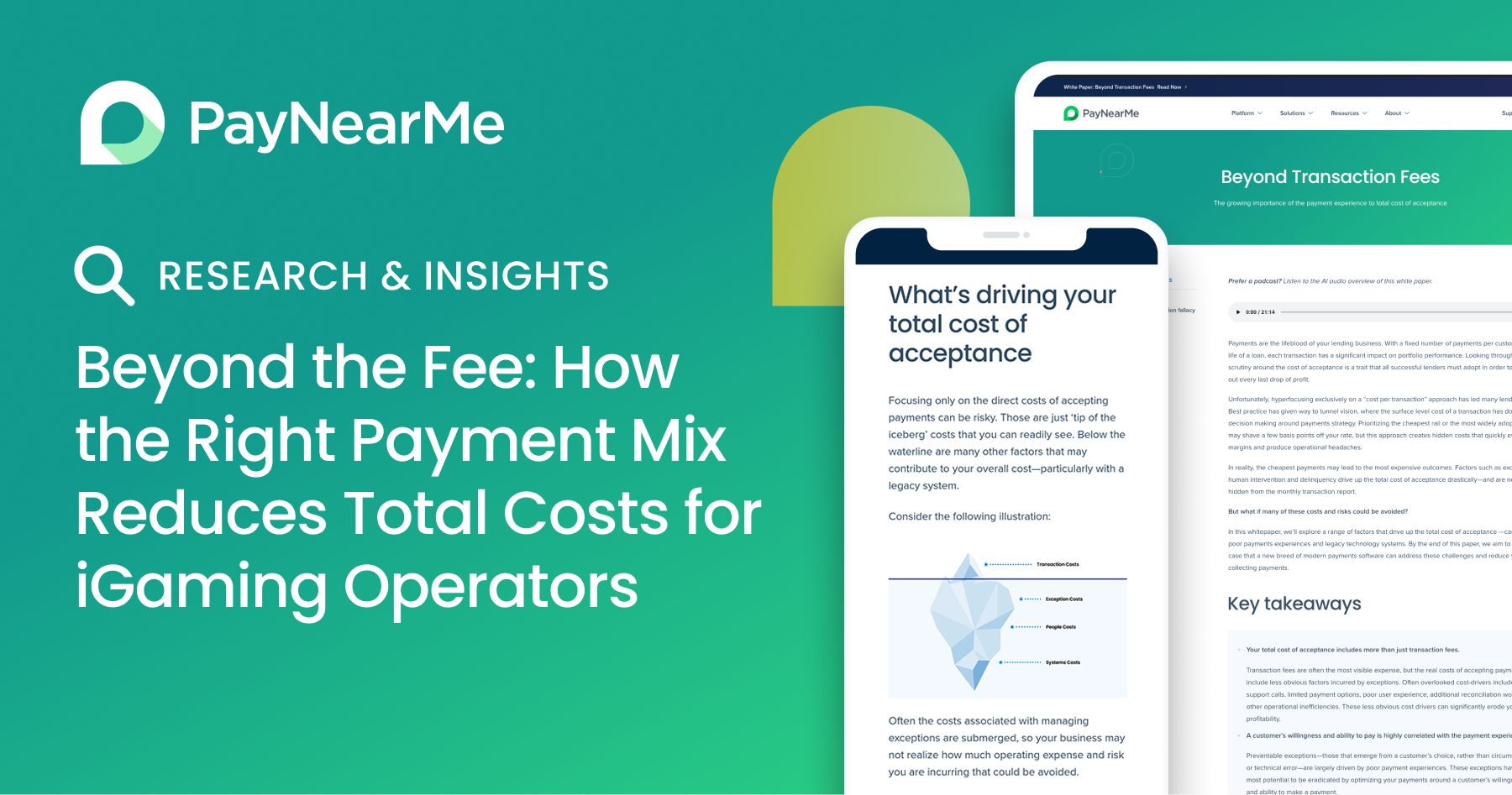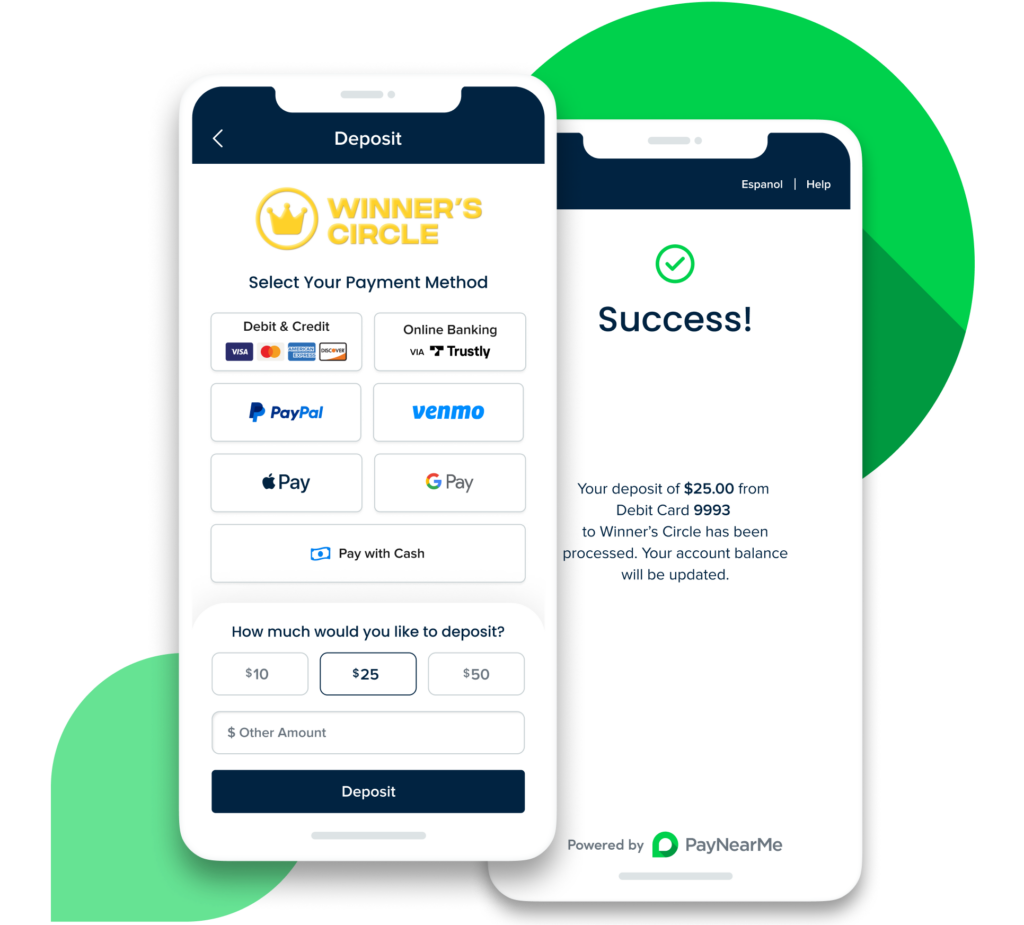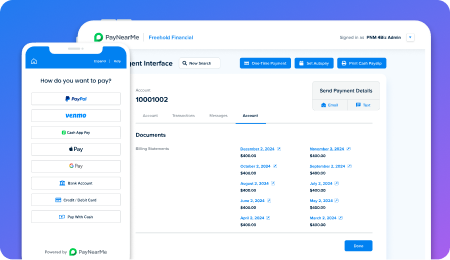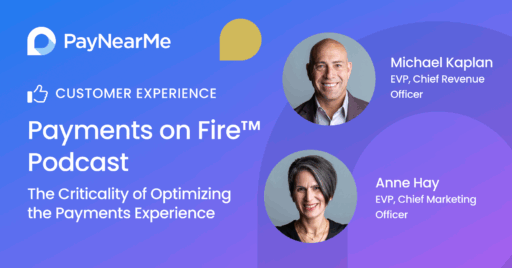Beyond the Fee: How the Right Payment Mix Reduces Total Costs for iGaming Operators

In the fiercely competitive world of online betting and gaming, margins matter. As operators battle for player acquisition and retention, there’s a hidden arena where money quietly slips through the cracks: payments. While many operators focus on negotiating lower transaction fees, the real cost of payments lies beyond the surface.
It’s time to rethink the payment strategy—not just by cutting fees, but by deploying the right mix of payment types that improve conversion, reduce churn, and ultimately lower your total cost of payments.
The hidden cost centers in iGaming payments
At first glance, payments seem straightforward: a player deposits funds, places bets, and (hopefully) withdraws winnings. But the process is more complex—and costly—than it appears. The true cost of payments includes:
- Failed Transactions: Every failed deposit attempt risks losing a player to a competitor.
- Low Conversion Rates: If a preferred payment method isn’t available, players may abandon registration or fail to fund their accounts.
- Manual Processes: Handling payment disputes, chargebacks, or payout inquiries consumes staff time and resources.
- Inconsistent Reconciliation: Poor reporting and settlement practices can lead to accounting headaches and compliance risks.
- Disjointed User Experience: Friction in the deposit or withdrawal journey leads to player frustration and higher support costs.
These hidden costs eat away at profitability and customer lifetime value. A single point of friction can derail player engagement—especially in a market where fast, seamless digital experiences are table stakes.
Why payment mix matters more than you think
Operators often focus on reducing interchange or processing fees, but this can be short-sighted. Instead, a more effective strategy is optimizing the payment mix—the variety of deposit and withdrawal methods available and how well they match player preferences.
Here’s how having the right payment mix can lower your total cost of payments:
1. Higher deposit success rates
A broader payment mix allows players to use methods they trust and prefer, leading to fewer failed transactions. If a credit card gets declined, offering alternatives like Apple Pay, PayPal, or cash at retail gives players a fallback option to stay engaged.
2. Fewer abandoned registrations
Offering popular regional payment options—especially for unbanked or underbanked players—can reduce abandonment during sign-up or funding. Instant access to a familiar method builds trust and accelerates onboarding.
3. Reduced support costs
When players can complete deposits and withdrawals smoothly without calling customer service, your support team spends less time on payment-related issues. This translates into tangible cost savings.
4. Faster reconciliation and reporting
Modern, unified payment platforms provide real-time visibility across all payment types, reducing the burden on finance teams and simplifying compliance.
5. Improved cash flow and retention
Reliable, fast withdrawals help players trust the platform, encouraging repeat engagement. On the flip side, failed or delayed withdrawals can cause churn and damage your brand reputation.

Balancing cost and conversion: A strategic approach
To illustrate the tradeoff between fees and total costs, consider this example:
| Payment Method | Processing Fee¹ | Conversion Rate² | Total Cost Impact³ |
|---|---|---|---|
| Credit Card | ~2.9% | ~78% | Moderate (due to declines and chargebacks) |
| Debit Card | ~1.8%–2.4% | ~85% | Low to Moderate (better than credit cards) |
| Apple Pay | ~3.0% | ~90% | Low (frictionless UX, high mobile success) |
| ACH | ~1.0% | ~60% | High (due to NSF returns and latency) |
| Guaranteed ACH | ~2.0%–2.5% | ~85–95% | Low (risk offloaded to provider) |
| PayPal | ~2.9% | ~85% | Low (strong user trust, high completion) |
| Cash at Retail | Flat fee (varies) | 100% | Low (fully guaranteed, no chargebacks) |
Even though Apple Pay and PayPal have similar fees to credit cards, their higher success rates and lower failure-driven costs make them more economical in the long run. Meanwhile, a cheaper method like ACH may have a low fee, but poor reliability makes it costly when factoring in lost deposits and support overhead.
Omnichannel matters—so does simplicity
Operators with physical locations or hybrid models can benefit from omnichannel payment options, such as cash at retail. For example, a player who prefers not to use cards online can fund their account at a nearby store and play within minutes.
Likewise, simplifying the payment interface—by using a unified payment platform—reduces friction. Players shouldn’t have to navigate confusing checkout flows or re-enter details for every transaction. One-click funding, mobile-first design, and intelligent payment routing can dramatically improve outcomes.
The right partner can tip the scales
Ultimately, lowering the total cost of payments isn’t just about technology—it’s about partnership. Look for payment providers that:
- Support multiple payment types in a single platform
- Offer smart routing to maximize transaction success
- Provide built-in compliance and real-time reporting
- Reduce manual work through automation
- Continuously optimize for player experience and operator cost
An agile, data-driven payments partner can help you fine-tune your mix based on real player behavior and market trends—leading to more deposits, happier players, and higher margins.
Final thoughts: It’s time to think bigger
Transaction fees will always be part of the conversation—but they shouldn’t be the end of it. In a high-volume, high-velocity industry like iGaming, the real cost of payments lies in failure, friction, and fragmentation.
By offering the right blend of payment types, streamlining the experience, and partnering with a platform that removes operational headaches, operators can turn payments into a strategic advantage—not a sunk cost.
It’s time to look beyond the fee and optimize the full payments journey.
Want to learn more? Read the full white paper, Beyond Transaction Fees.
Footnotes:
- Processing Fee Estimates
- Credit/Debit Card: Based on common U.S. interchange rates and acquirer markup (sources: Visa USA Interchange Guide, Nuvei, Paysafe).
- Apple Pay/PayPal: Standard rates aligned with card networks or digital wallet processors.
- ACH/Guaranteed ACH: Derived from vendor ranges including PayNearMe, Trustly, and Mazooma; actual pricing varies by volume and guarantee coverage.
- Cash at Retail: Flat fees typically set by payment facilitator, e.g., PayNearMe or VanillaDirect.
- Conversion Rate Estimates
- Sourced or inferred from public PayNearMe materials (white paper, product pages), vendor documentation, and operator case studies.
- ACH conversion is lower due to higher decline and NSF rates; Guaranteed ACH improves this significantly through underwriting and instant fund verification.
- Cash at Retail assumed 100% success once barcode is scanned and cash is tendered.
- Total Cost Impact Assessment
- Based on holistic costs: failed transactions, player churn, support load, fraud risk, reconciliation effort, and UX friction.
- Insights gathered from PayNearMe resources, including:
- “Beyond Transaction Fees” white paper
- Operator insights from public case studies and iGaming panel discussions
- Comparisons from payments industry reports (e.g., Worldpay Global Payments Report, 2024)



